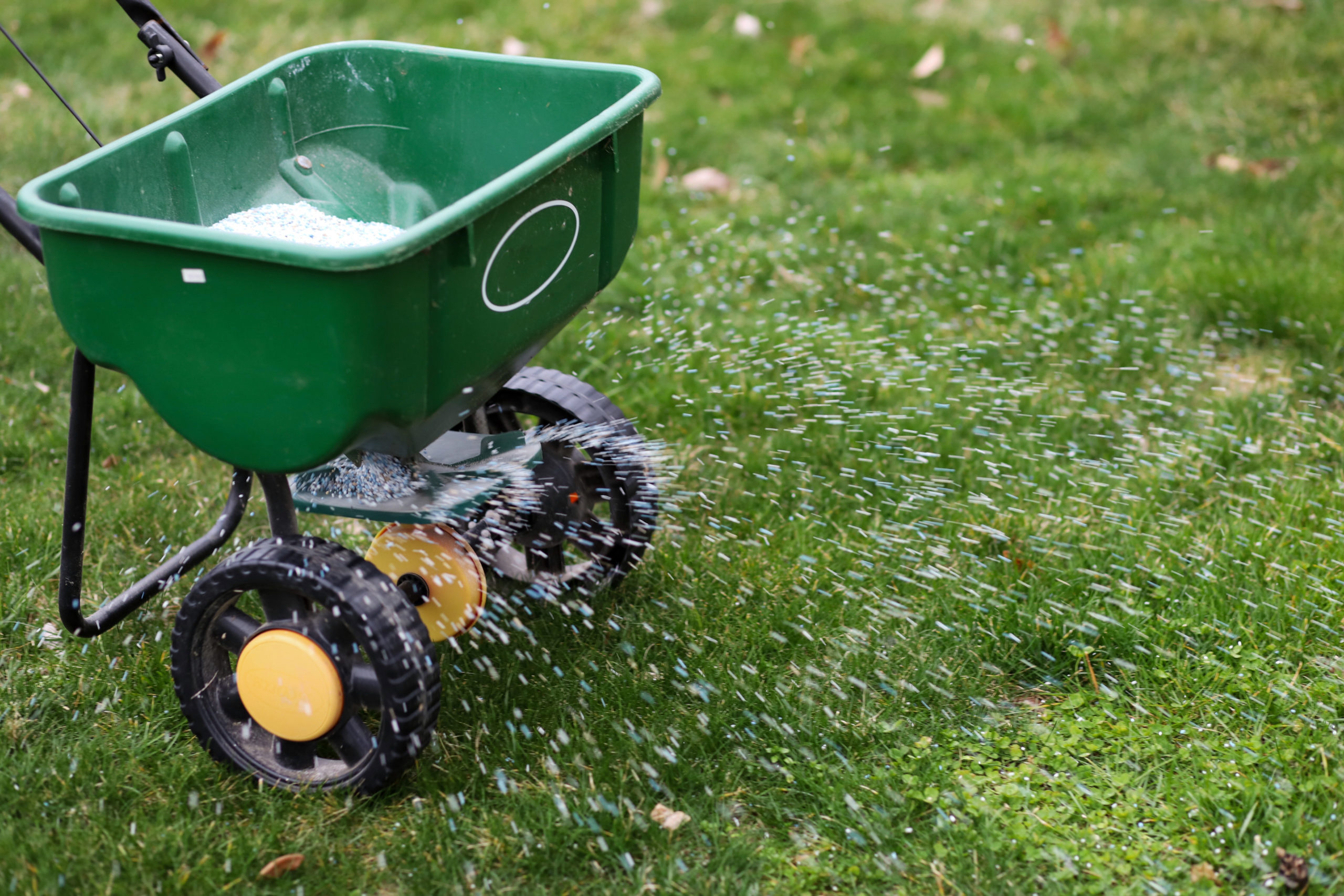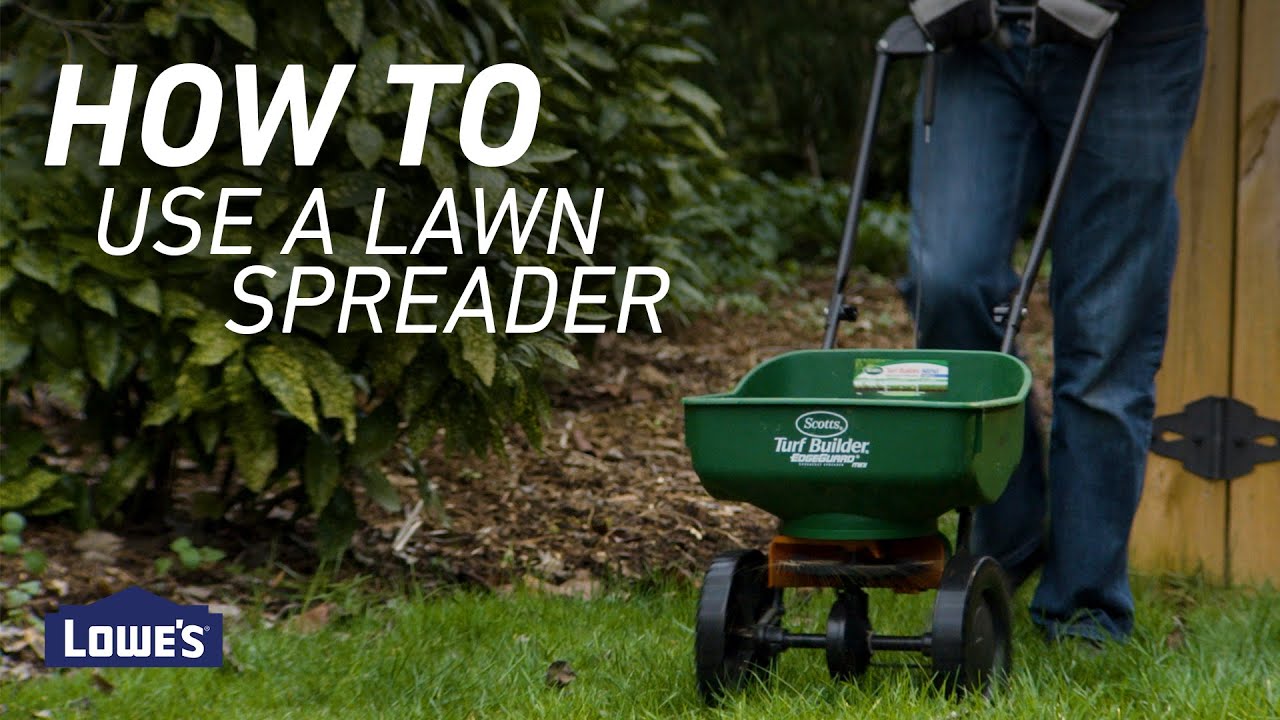To use a spreader, first load the appropriate material into the hopper, then adjust the settings according to the desired application rate. A spreader is a useful tool that helps distribute materials like fertilizer, seeds, or ice melt evenly across a given area.
Whether you’re a homeowner with a small garden or a professional landscaper, knowing how to use a spreader correctly is essential for achieving optimal results. This article will guide you through the process, providing step-by-step instructions on loading the spreader, adjusting the settings, and effectively spreading the material.
By following these instructions, you’ll be able to efficiently apply any type of material with your spreader, saving time and ensuring even coverage. So, let’s dive in and learn how to use a spreader effectively.

Credit: carolinafreshfarms.com
What Is A Spreader And Its Purpose?
A spreader is a tool used to evenly distribute materials over a large area. It has a specific purpose in various applications. By definition, a spreader is designed to disperse substances such as fertilizers, seeds, or ice melt products. Its primary function is to ensure an even and controlled distribution, saving time and effort.
Users can manually operate spreaders or attach them to vehicles, such as tractors or atvs, for larger-scale projects. The spreader mechanism releases the material in a controlled manner, allowing for precise coverage. Whether you’re a gardener, farmer, or maintenance worker, a spreader can be a valuable tool to help you achieve uniformity and efficiency in your projects.
Understanding the basics of a spreader and its purpose is essential for successful application.
How to Use a Spreader: Step by Step Guide
1: Different Types Of Spreaders
Spreading fertilizers or seeds? Learn how to use a spreader efficiently. Discover the different types available: walk-behind, push, and drop spreaders. These spreaders are designed for various applications and offer different levels of control. Walk-behind spreaders are ideal for larger areas, while push spreaders are suitable for smaller spaces.
Drop spreaders ensure precise application, perfect for maintaining accuracy. Choose the right spreader based on your needs and preferences. Remember to consider the spread width, capacity, and ease of use. Mastering the use of a spreader will save time and effort, resulting in a lush and healthy lawn or garden.
Start spreading like a pro today.
2: Steps To Prepare A Spreader For Use
Using a spreader efficiently requires careful preparation to ensure optimal performance. Start by inspecting the spreader for any signs of damage or worn-out parts. Next, clean the spreader thoroughly to remove any debris or residue. Adjust the spreader settings according to your specific needs and the type of material you are spreading.
Remember, follow these guidelines to write an seo-friendly, easy-to-understand paragraph and maintain the reader’s interest. Avoid overused phrases, keep sentences brief, and use a variety of expressions. Lastly, omit the conclusion paragraph and strive for a human-like, plagiarism-free writing style that passes ai detection.
3: How To Calibrate A Spreader
Calibrating a spreader is essential for accurate fertilizer application. To get started, follow these steps. First, check the spreader’s settings and adjust them if necessary. Next, measure a specific area that you want to fertilize. Then, fill the spreader with the fertilizer and start walking at a normal pace.
Keep the spreader in motion and open the gate slightly to release the fertilizer. After completing the area, measure the remaining fertilizer in the spreader and compare it to the amount initially used. This will help you determine if the spreader is calibrated correctly.
Remember to clean the spreader thoroughly after each use. By calibrating your spreader properly, you can ensure efficient and precise application of fertilizers.
4: Techniques For Using A Spreader Efficiently
Using a spreader efficiently is crucial for achieving an even distribution of material. The first step is to select the right spreader for the task at hand. Consider the type of material you will be spreading and the area you need to cover.
Once you have the appropriate spreader, focus on techniques that ensure even distribution. Maintain a steady walking pace and overlap each pass slightly to avoid gaps. Pay attention to the spreader’s settings and adjust them accordingly. Additionally, it is important to properly maintain your spreader to ensure its longevity and optimal performance.
Regularly clean it after every use and store it in a dry place. By following these techniques and practicing good maintenance, you can use a spreader efficiently and achieve optimal results.
5: Common Mistakes To Avoid When Using A Spreader
Using a spreader may seem straightforward, but avoiding common mistakes is crucial for optimal results. First, ensure you avoid over- or under-applying the material, as it can lead to ineffective distribution. Secondly, make sure you set the spreader settings correctly, as incorrect settings can lead to uneven coverage.
Finally, always follow the manufacturer’s instructions carefully, as each spreader may have specific requirements. By adhering to these guidelines, you can ensure a more accurate and efficient application of materials with your spreader. Remember, avoid using commonly overused phrases like “when it comes to” and “in conclusion” to maintain reader engagement throughout the article.
6: Frequently Asked Questions About Using A Spreader
Calibrating your spreader should be done regularly to ensure accurate application of materials. Using a spreader in wet conditions can be challenging, as it may affect the performance and results. A spreader can be used to distribute various materials such as fertilizers, seeds, pesticides, and ice melt.

Regular calibration of your spreader is important to ensure accurate and effective application.
7: Tips For Storing And Maintaining A Spreader
Using a spreader efficiently requires proper cleaning and storage after each use. Regular maintenance is essential for its longevity and to troubleshoot common issues. To start, avoid overused phrases like “when it comes to” or “if you” to keep the writing fresh and engaging.
Keep sentences short, with a maximum of 20 words, to ensure readability. Remember to write in an active voice and focus on creating unique and plagiarism-free content. Vary the expressions at the beginning of paragraphs to maintain the reader’s interest throughout.
Lastly, omit a conclusion paragraph and strive to write in a way that passes ai writing detection while maintaining a natural, human-like tone.
8: Conclusion And Final Thoughts
Properly using a spreader is essential for effective lawn care and gardening. It ensures even distribution of seeds, fertilizers, and other materials, leading to better results. To optimize the use of a spreader, follow these key points. First, calibrate the spreader to match the material and desired coverage area.
Next, start walking at a steady pace, making sure to overlap each pass slightly to avoid missed spots. Keep the spreader level and avoid excessive speed or sudden stops. Remember to close the hopper when not in use to prevent spills and waste.
In conclusion, mastering the use of a spreader can significantly improve your lawn care and gardening efforts. So, make sure to follow these tips for optimal results.
Frequently Asked Questions For How To Use A Spreader
How Do You Use A Spreader For Fertilizer?
To use a spreader for fertilizer, fill the hopper with the desired amount of fertilizer, adjust the spreader settings based on the recommended application rate, and steadily walk in straight lines while turning the handle to evenly distribute the fertilizer onto your lawn or garden.
What Are The Different Types Of Spreaders Available?
There are two main types of spreaders available: broadcast spreaders and drop spreaders. Broadcast spreaders distribute material in a wide, fan-like pattern, making them suitable for larger areas. Drop spreaders, on the other hand, release material directly beneath the spreader, making them ideal for precise applications and narrow paths.

How Do You Calibrate A Spreader?
To calibrate a spreader, start by determining the recommended application rate for your product. Next, measure out a specific amount of product, calculate the coverage area, and mark it off in your yard. Then, spread the measured product over the marked area, making sure it is evenly distributed.
Adjust the spreader settings as necessary and repeat the process until the coverage matches the recommended application rate.
Conclusion
To sum up, using a spreader can greatly simplify and improve your gardening and lawn care routine. Whether you have a small backyard or a large field to maintain, a spreader is an essential tool that ensures even distribution of fertilizers, seeds, and other granular materials.
By following the proper steps of calibration, filling, and operation, you can achieve optimal results with minimal effort. Remember to choose the right type of spreader for your specific needs and consider the size of the application area. Regular maintenance and cleaning will prolong the lifespan of your spreader and keep it in top condition.
With the right techniques and a reliable spreader, you can achieve a lush, healthy garden or a pristine, well-maintained lawn. Get started today and experience the convenience and efficiency that a spreader can offer. Happy spreading!

